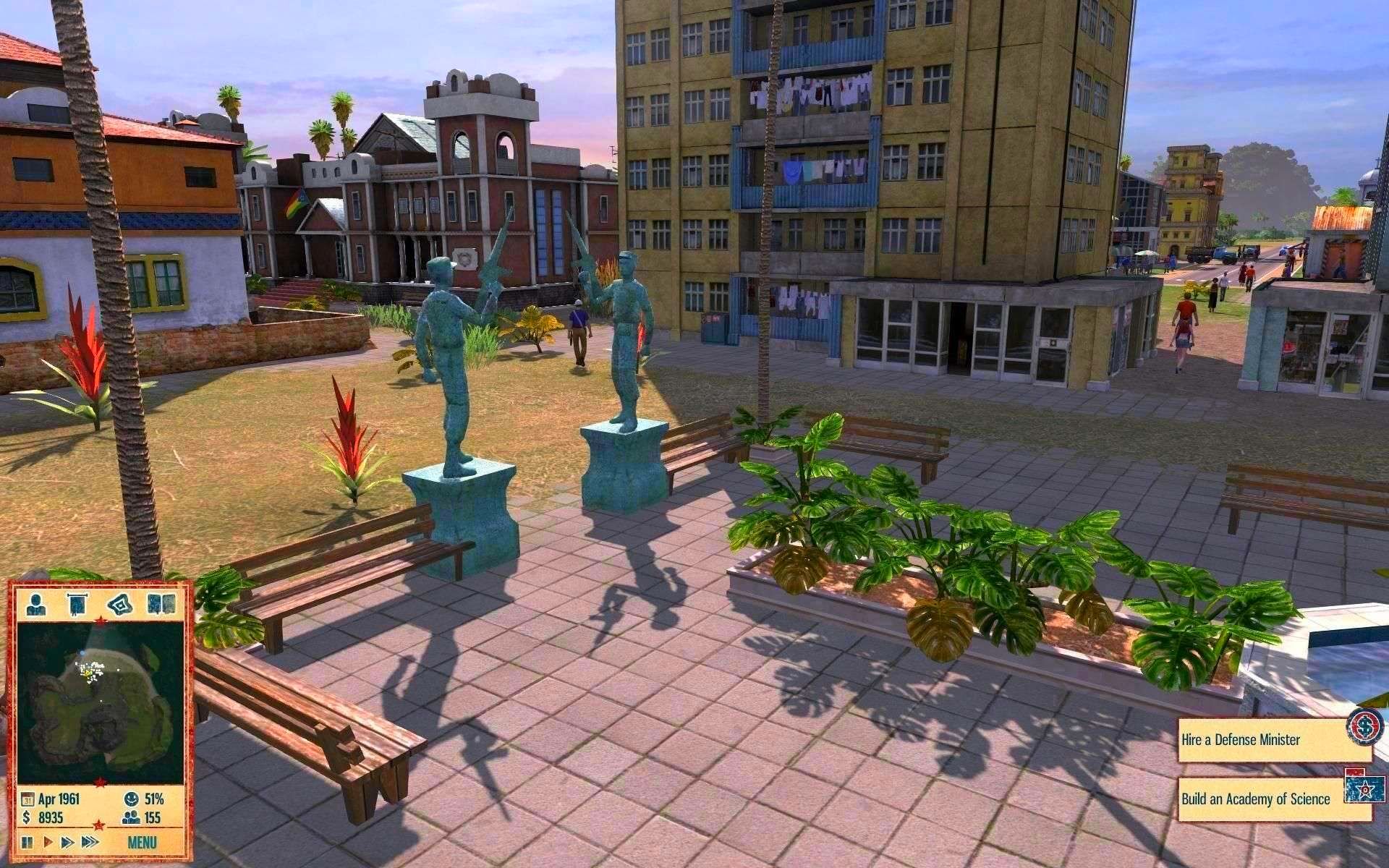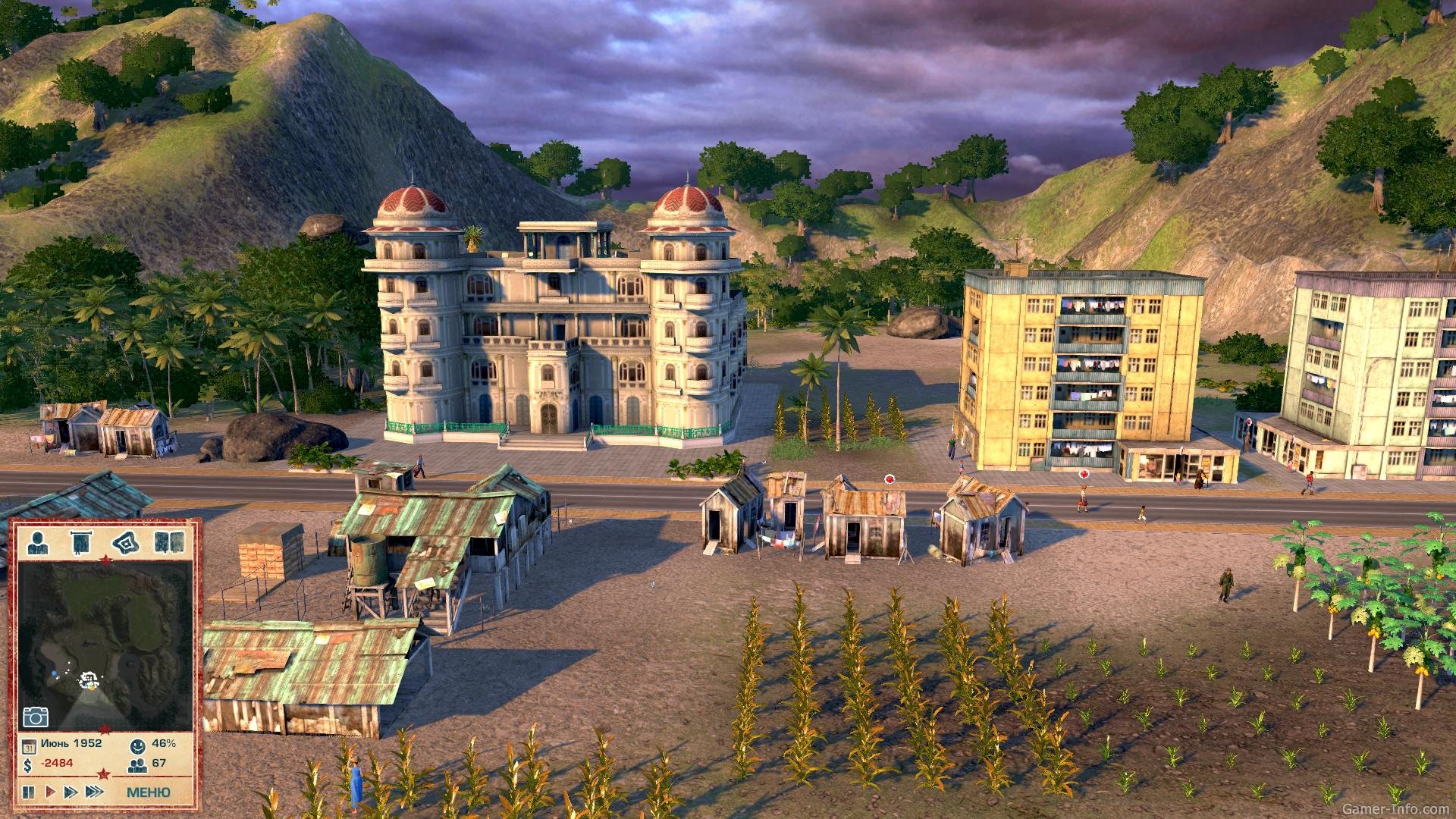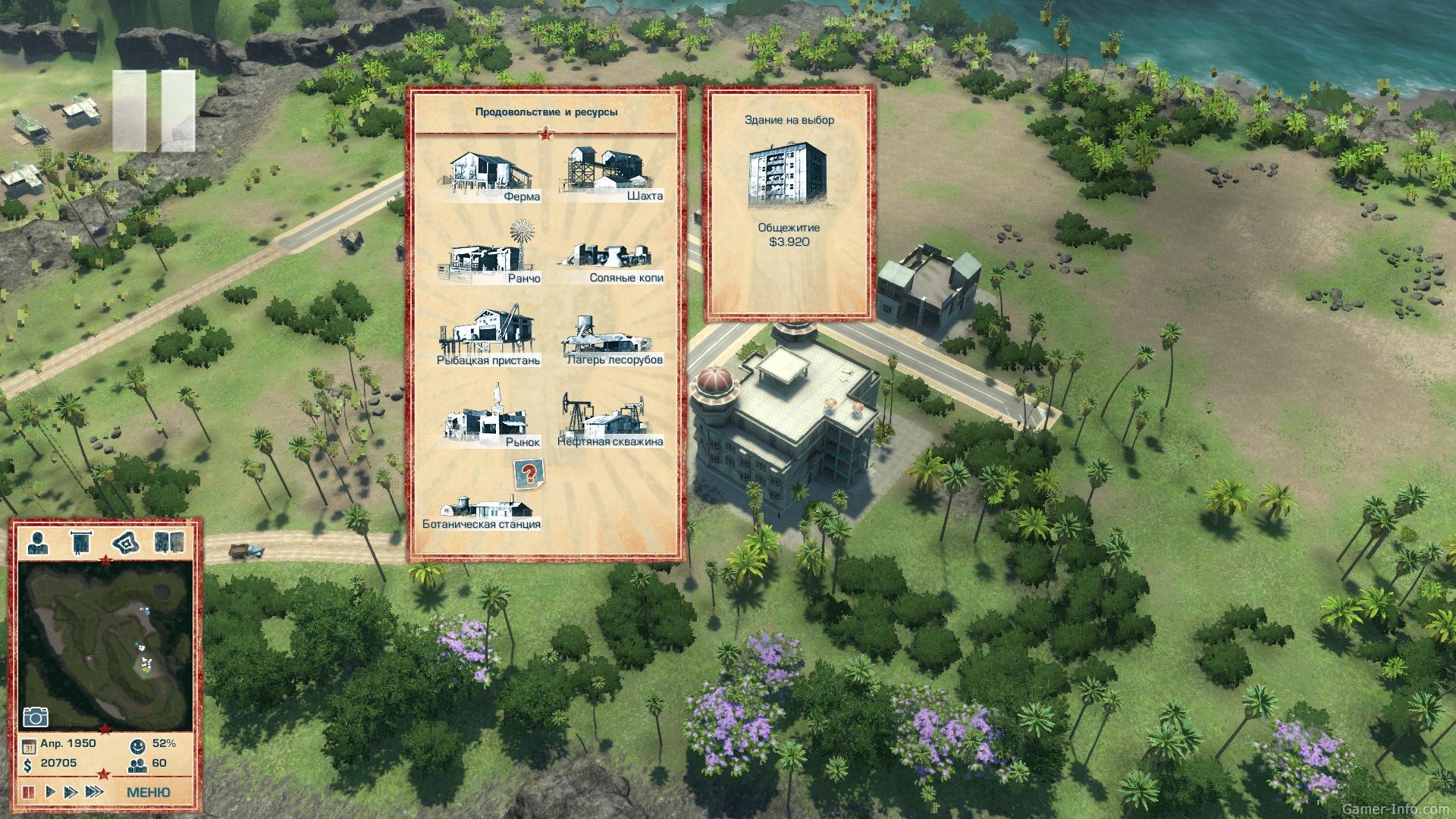

It was renamed successively the Sturmstaffel (storm squadron), and finally the Schutzstaffel (protection squadron), abbreviated to SS (on 9 November).

That same year, the Schutzkommando was expanded to a national level.

The only insignia was the swastika armband, usually homemade, except for the handful of men constituting the Stosstrupp's successor, the Schutzkommando, who continued the use of the Totenkopf pinned to cap or collar. It was formed by Julius Schreck and included old Stoßtrupp members, Emil Maurice and Erhard Heiden. In 1925, Hitler ordered the formation of a new bodyguard unit, the Schutzkommando (protection command). When the SA (which included the nascent SS) was re-founded in 1925 following Hitler's release from prison, these brown shirts were issued as uniforms. In 1924, while the Nazi Party was legally banned following the Beer Hall Putsch, Frontbann (underground SA) leader Gerhard Roßbach located a large store of war-surplus brown denim shirts in Austria, originally intended for tropical uniforms. The 8-man Stabswache ( staff guard), Hitler's bodyguard, soon renamed the Stosstrupp ( shock troop), also adopted in May 1923 the Totenkopf (death's head) and oak leaf as a means of insignia, both of which were already deeply rooted in European military history. The very first SA uniforms and insignia were paramilitary uniforms fashioned by early Nazis which incorporated parts from World War I uniforms to include such features used by other Freikorps formation such as high boots, daggers, and the kepi hat. The SS can trace its origins to several early Freikorps and Nazi Party formations, among them the Erhardt Naval Brigade, Der Stahlhelm, and most significantly the Sturmabteilung (SA), of which the SS was originally a subordinate organization. The traditional "Prussia" Totenkopf worn by the SS 1923–34 Uniforms designs and styles Early SS uniforms (1925–1928) SS uniforms used a variety of insignia, the most standard of which were collar patches to denote rank and shoulder boards to denote rank and position, along with sleeve cuffbands and "sleeve diamond" patches to indicate membership in specific branches of the SS. Branches with personnel that normally would wear civilian attire in the Reich (such as the Gestapo and Kripo) were issued grey-green SS uniforms in occupied territory to avoid being mistaken for civilians. The majority of SS personnel wore a variation of the Waffen-SS uniform or the grey-green SS service tunic. The combat units of the SS-Verfügungstruppe (SS-VT) and the later Waffen-SS wore a variation of the field-grey (grey-green) ( feldgrau) army uniform with SS insignia. Once the war began, the black uniform was seldom worn. During the war, the German clothing factory that eventually became the international menswear powerhouse Hugo Boss produced thousands of SS and other uniforms. These SS uniforms were tailored to project authority and foster fear.

There was a traditional reason, as well: just as the Prussian kings' and emperors' life-guard cavalry ( Leibhusaren) had worn black uniforms with skull-and-crossbones badges, so would the Führer 's bodyguard unit. Further, black was popular with fascist movements: a black uniform was introduced by the blackshirts in Italy before the creation of the SS. The black-white-red colour scheme was characteristic of the German Empire, and was later adopted by the Nazi Party. While different uniforms existed for the SS over time, the all black SS uniform adopted in 1932 is the most well known.


 0 kommentar(er)
0 kommentar(er)
